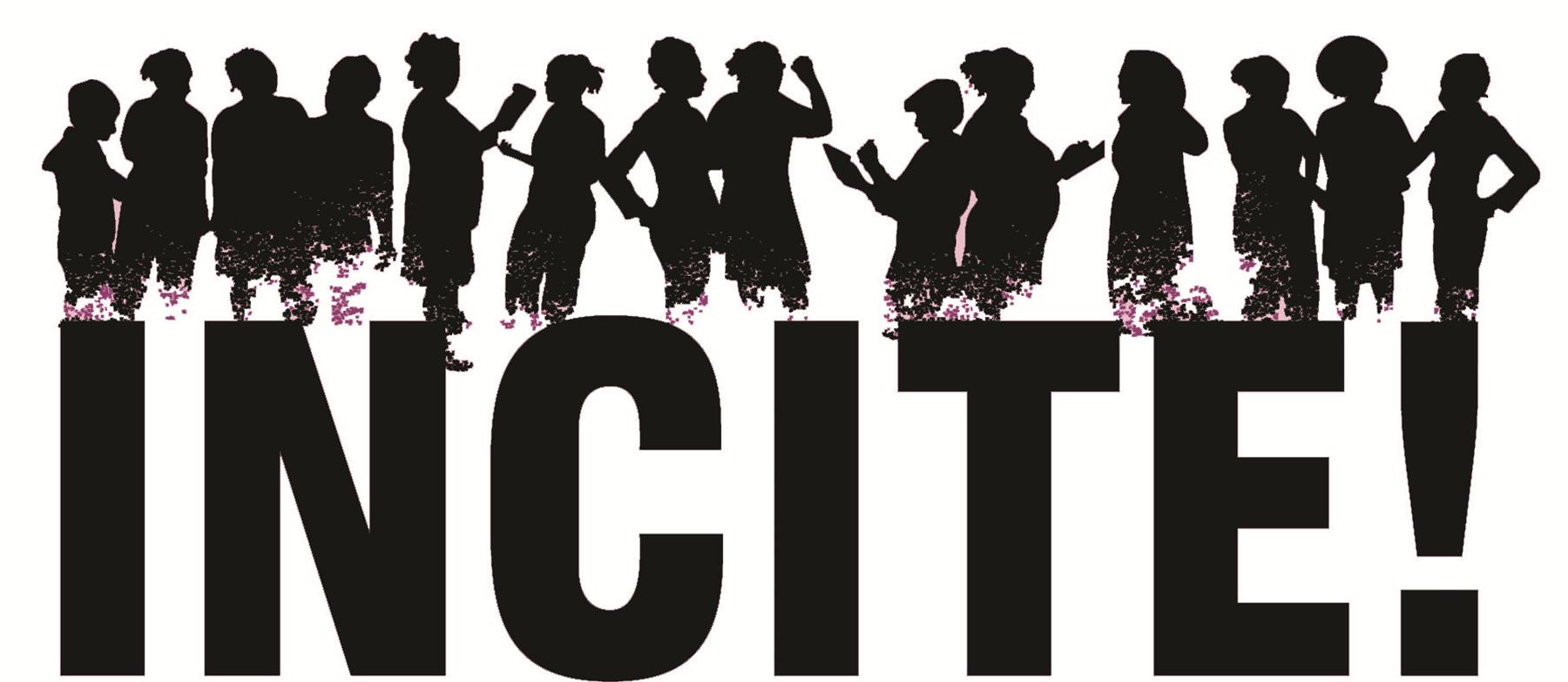Policing Gender
A Latina butch lesbian arrested at a demonstration in New York City by cells holding men, telling her “you think you’re a man, I’ll put you in there and we’ll see what happens to you.”
“Gender policing, like race based policing, has always been part of this nation’s bloody history.” — TransJustice, Call to First Annual Trans Day of Action for Social and Economic Justice, 2005
Law enforcement agencies not only enforce systemic power relations based on race through racial profiling, race-based policing, and targeting of communities of color, they also police gender lines, and enforce dominant racialized gender norms. Yet, the gendered aspects and manifestations of law enforcement violence are often invisible in organizing and advocacy against police brutality, and must be documented and addressed.
Enforcing the gender binary
Sometimes police enforcement of the gender binary – the notion that there are only two genders, male and female, with specific conduct and appearance mandated for each – is obvious. For instance, up until just a few decades ago, cops used to enforce what were known as “sumptuary laws,” which required individuals to wear “gender appropriate” clothing, and subjected people to arrest for “impersonating” another gender. Today, such regulations remain in effect in prisons, and are enforced through disciplinary infractions and punitive segregation. And, they still inform law enforcement conduct – for instance, the New York City Police Department’s current arrest paperwork still has a box to check for “impersonating a female.”
Additionally, police requests for identification, which may not match a person’s gender identity, often lead to presumptions that transgender people are fraudulent, deceitful, or inherently suspicious, as well as to verbal abuse and harassment, physical abuse, and invasive and abusive searches to satisfy an officer’s curiosity, humiliate, or assign an individual a gender based on their genital status.
Punishing gender non-conformity
Sometimes gender policing is not so obvious, but is just as profound and devastating. In the highly discretionary world of policing, people who do not conform to gender norms are perceived by law enforcement officers as “disorderly,” suspicious, threatening, violent, fraudulent, deceitful, or mentally unstable because of their perceived gender disjuncture, and are therefore routinely profiled, harassed, and arbitarily arrested for vague offenses such as “disorderly conduct.” They are also subjected to transphobic and homophobic verbal abuse and punishment, in the form of physical violence, for failure to “comply” with prevalent norms of gender identity and expression.

